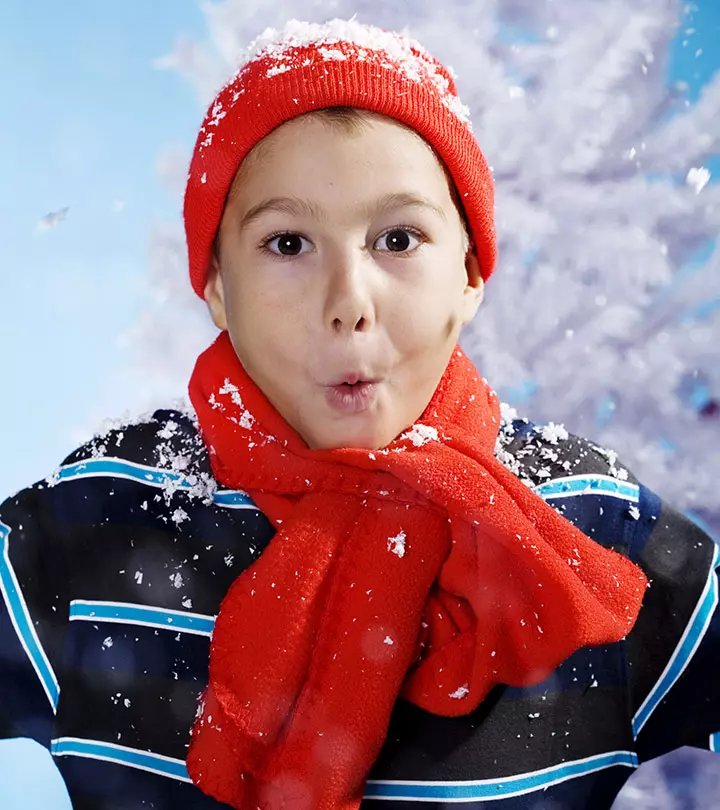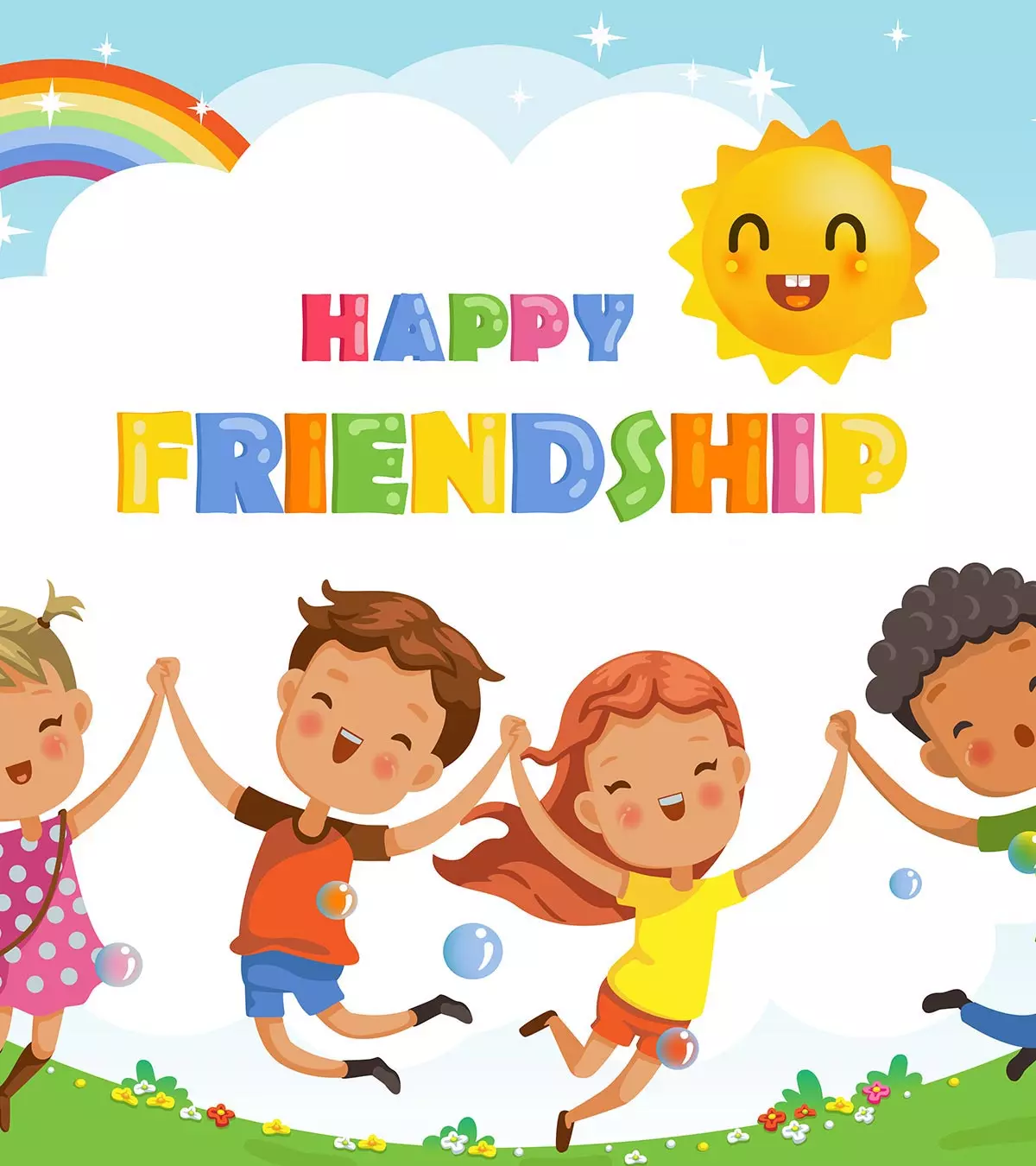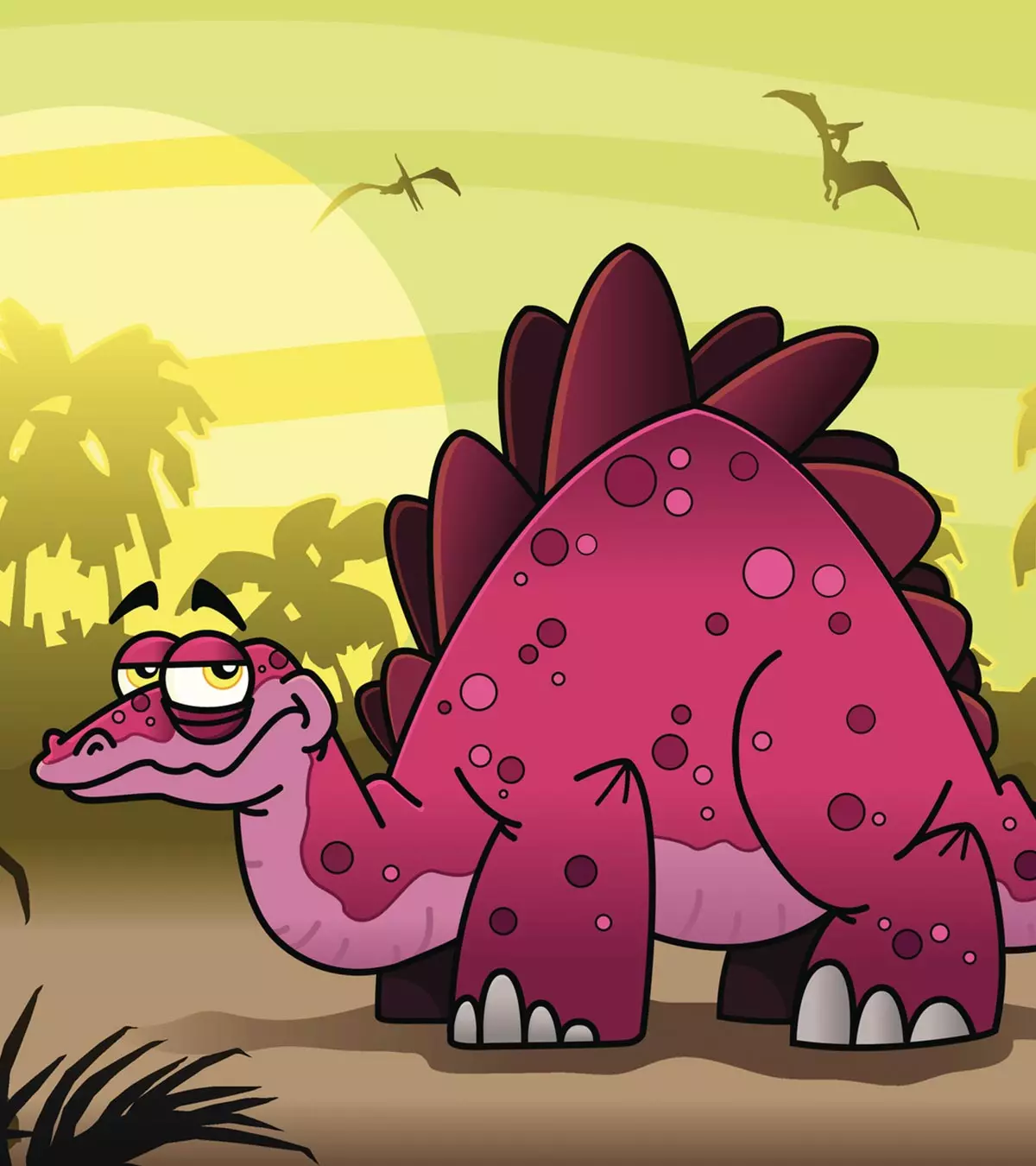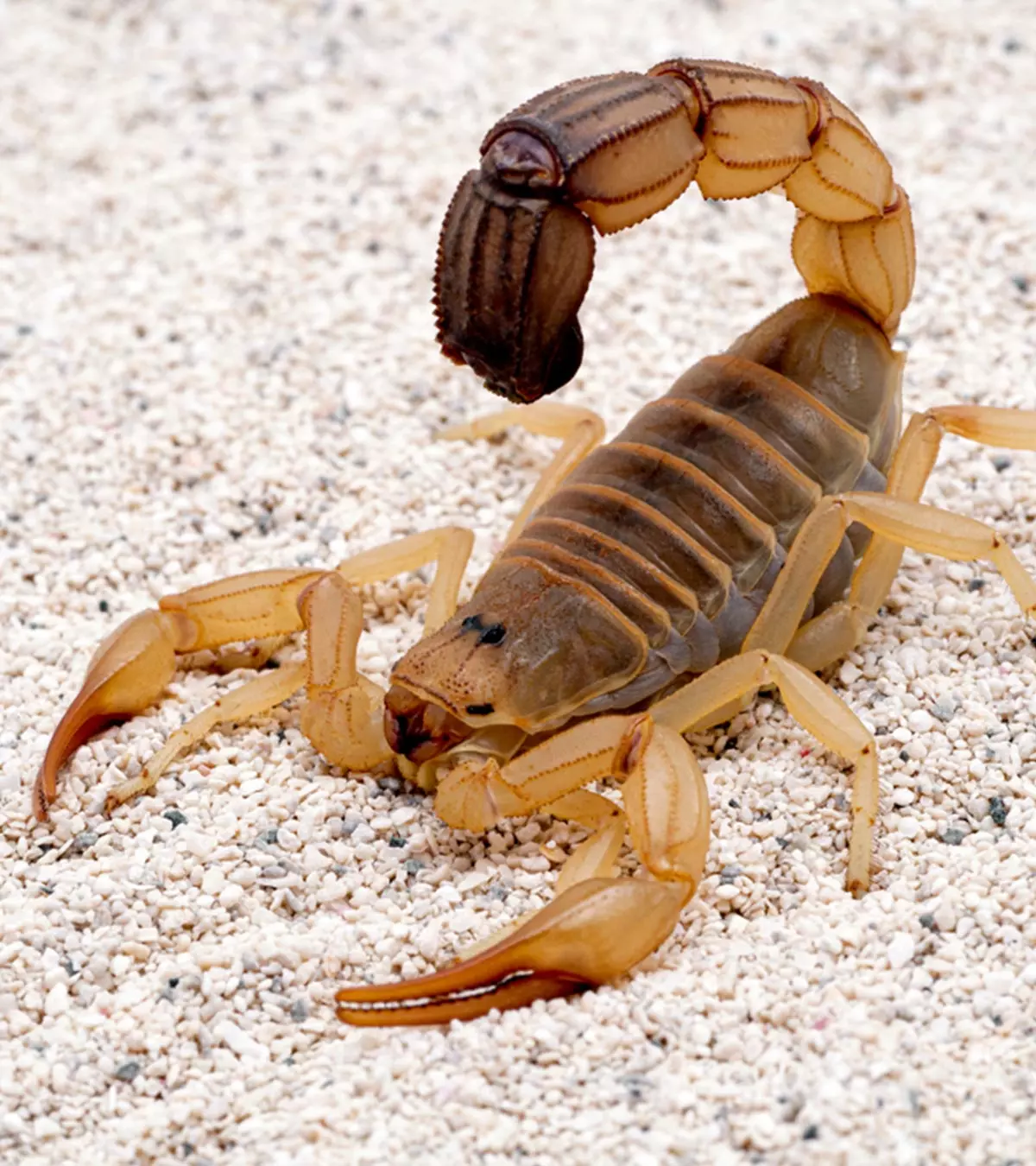
Image: ShutterStock
Poetry is a beautiful way of expressing one’s thoughts and feelings. Hence children can be taught to express themselves through haiku poems for kids which is the simplest form of poetry. Consisting of three lines and 17 syllables, haiku can be an ideal way to spark your children’s interest in poems. Haiku is considered to be a preferable option because it is one of the easiest forms of poetry for children. Dive into this post to learn more about haiku, and its origin, including tips for children to write such poems, along with a list of haiku sample poems that serve as inspiration for kids.
Key Pointers
- Haiku is a concise poem, for example, “A Morning” which talks about flowers and birds, and “Heaven’s Photoshoot” which talks about the beauty of the sky.
- To write Haiku, pick a topic and convert your feelings into three lines and use only the required number of syllables.
- Some interesting Haikus for children are Easter, Joy of Spring, and Halloween.
What Is Haiku?
Haiku, pronounced hihy-koo, is a form of poetry that originated in Japan. It is derived from the Japanese word “hokku,” meaning “starting verse” and traces its origins to the 1600s. However, it spread to the west only in the 1800s and gained popularity in the 1900s. It is somewhat similar to limerick poems for kids though they have several differences.
Haikus are simple and concise poems that consist of only three unrhymed lines. Each poem typically consists of 17 syllables—five in the first line, seven in the second, and five in the third. It looks similar to free verse poems for kids.
Traditionally, haikus were restricted to imagery and descriptions of nature and life. But in the modern form, they encompass anything that catches one’s fancy. Moreover, because of its short form, the haiku style of poetry writing is ideal for children of all ages.
 Trivia
TriviaTips For Writing Haiku Poems
Children are imaginative and come up with lovely ideas every day. So what could be better than encouraging them to express themselves via haiku poems? Here’s how you can let them get started.
- First, children should have a fair understanding of what haiku is, understand its purpose, and know what to write.
- For a better understanding, show them a few examples of haikus.
- Encourage children to think about a topic that is close to their hearts.
- Ask them to list out the words that describe their chosen topic or subject. They can use various figures of speech such as a metaphor or simile.
- For beginners, emphasize the 5-7-5 rule while writing.
- While penning down the lines, ask them to describe their narrative in vivid and few words.
- Refrain from using complete and complicated sentences. Rather than constructing a complete sentence, the essence of haiku is in capturing the emotion or experience of the subject.
- Create groups of children to write haikus. This increases creativity and also fosters teamwork.
How To Write A Haiku
Simple topics and words add to the charm of the haiku.
All your children need to start writing a haiku is a piece of paper, pencil, color sketches (if you wish to illustrate), and most importantly, their imagination.
- Let them choose any topic—nature, seasons, friends, playtime, animals, flowers, etc.
- The beauty of haiku lies in capturing the essence of the whole topic within three lines.
- It usually has a describing word in between.
- The most tricky and engaging part is ensuring the poem has the required number of syllables and conveying what you want to say precisely.
- Let them start by compiling a couplet and then they can proceed to creating a haiku.
Examples Of Haiku Poems For Kids
Have a look at these poems under various categories that will give you a better understanding of haiku.
Nature
1. Heaven’s photoshoot
When I see lightning,
I like to think that the sky
captures earth’s beauty
—Imteyaz
2. Wilderness

Image: Shutterstock
Nature is beauty
Wildlife is nature’s beauty
Fields are nature’s smiles.
Animals and birds
3. German shepherds
Beyond fence lurking,
Frightening bark from within,
Jump I, from my skin!
4. Blackbird
Beautiful blackbird
Chirruping the sweetest songs
Morning has broken
5. Leaving home

Image: Shutterstock
Parents nurture young
Finally, freedom to fly
Fledglings spread their wings
6. Lonely mouse
I have seen a mouse
All alone one scary night
It was very sad.
Family
7. Family love is
Like the sun rises
Each morning and sets each night,
Family love is.
—Michele Meleen
8. Fishing with grandpa

Image: Shutterstock
I feel it tugging
Hanging on – It must be huge!
Bluegill, smiles, grandpa
—Shawn Sackman
9. Family love, nature’s harmony
A family love
makes the world sing out with joy.
Nature’s harmony.
—Michele Meleen
10. Love of Family
Ecosystems thrive
working together just like
love of family.
—Michele Meleen
 Did You Know?
Did You Know?Seasons
11. Winter
Snow is falling now
I am snug in my warm bed
Snow days are the best.
12. Rainy days

Image: Shutterstock
Rain means gloomy days
But sometimes for flowers to
Grow they need tough love.
13. Spring’s arrival
Trees wear floral wreaths
and birds sing the welcoming
melody of spring.
—Imteyaz
14. Autumn’s masterpiece
Have you seen that red,
golden leaves paint the ground
like a sunset sky.
—Imteyaz
Festivals
15. Christmas
Santa is coming
He rewards good behavior
No presents for me.
16. Easter
Bunnies can’t lay eggs
But they fill Easter baskets
Just leave them carrots.
17. Joy of spring
Spring is in the air
Flowers are blooming sky high
Children are laughing.
—Kaitlyn Guenther
18. Halloween

Image: Shutterstock
Goblins, witches, ghosts
Loud banging on my front door
I hide the chocolate.
Frequently Asked Questions
1. What is the difference between a Haiku poem and a regular poem?
A Haiku poem is a specific type of traditional Japanese poetry with three lines. Haiku poems typically focus on nature and convey a sense of stillness, simplicity, and beauty. In contrast, a regular poem can be written in any form, meter, or length and can cover various topics and themes. The lines do not need to rhyme. The main difference between a Haiku poem and a regular poem is the strict structure and syllable count of a Haiku, which gives it a distinct form and tone.
2. Why is Haiku poetry so popular?
Haiku poetry is popular for several reasons. First, its concise and minimalist style forces the poet to distill their thoughts into just a few words, creating a sense of clarity and precision. Additionally, Haiku often focuses on nature, which can be calming and inspiring for readers. With the proper use of alliteration, a haiku could become more appealing.
3. How can Haiku poetry help improve your writing skills?
Haiku poetry can help you improve writing skills by requiring you to be concise and precise with your words. By practicing Haiku poetry, you can develop your ability to convey a message with economy and precision, which can help improve your overall writing skills in any genre.
Haiku poems for kids are ideal for children of all ages due to their style. Though the origin of haiku is unclear, this form of poetry is quite popular. These unrhymed Japanese poems consist of three lines with 17 syllables. They express and suggest much in the fewest possible words. You may give some examples and explain how haiku poems are written. This may help your children write haiku poems on various topics such as nature, trees, birds, flowers, the sun, or the things around them. Children who have basic vocabulary can also write these simple poems.
Illustration: Famous Haiku Poems For Kids And How To Write Them

Image: Dall·E/MomJunction Design Team
Haiku is a condensed form of poetry that reflects meaningful expressions within three lines. You can encourage your child to write them through the video’s instructions.
References
- Definition of Haiku.
https://literarydevices.net/haiku/ - Haiku.
https://literaryterms.net/haiku/ - Glossary of Poetic Terms – Haiku (or hokku)
https://www.poetryfoundation.org/education/glossary/haiku-or-hokku
Community Experiences
Join the conversation and become a part of our nurturing community! Share your stories, experiences, and insights to connect with fellow parents.
Read full bio of Vinita Agrawal
Read full bio of Sravani Rebbapragada
Read full bio of Harshita Makvana
Read full bio of Benidamika J Latam























